
Purple Pottery Firing Skill Protection in Wantao Village of Jianshui County, Honghe
English Name: Purple Pottery Firing Skill Protection in Wantao Village of Jianshui County, Honghe
Chinese Name: 云南省红河州建水县碗陶村紫陶烧制技艺
Jianshui, a traditional folk craft dating back to the late Yuan and early Ming dynasties, uses local five-color clay near Jianshui for shaping. These pieces undergo processes like painting, carving, kiln firing, and unglazed polishing to create finished products.
Types and Characteristics of Jianshui Purple Pottery
Jianshui pottery mainly consists of two types: white pottery and purple pottery, collectively known as Jianshui purple pottery. Originally practical items like steamers, stew pots, and flowerpots, they now include tea sets and decorative arts such as teapots, vases, and incense burners, known for their exquisite and classical designs.
Visiting Wantao Village: Birthplace of Purple Pottery
Entering Wantao Village near Jianshui County, broken jars and shards litter the roadside like walls, and pottery fragments spread across the fields. Dragon kilns stretch across the hills, where richly colored clays await, marking the birthplace of purple pottery.
Cultural Heritage and Ancient Kiln Sites
Wantao Village hosts over 20 identifiable ancient kiln sites, revealing fragments of Song dynasty celadon, Yuan dynasty blue-and-white, Ming dynasty coarse pottery, and Qing dynasty purple pottery upon excavation.
Artistic Development and Cultural Significance
The brilliant development of purple pottery during the Yuan and Qing dynasties was no accident, as it is deeply rooted in the rich and diverse culture of southern Yunnan, interpreting its past and present.
Craftsmanship and Artistic Techniques
Purple pottery, known for its fine clay texture, lustrous color, and robust forms reminiscent of ancient stone, produces a melodious sound when struck, embodying an elegant and refined aesthetic for appreciators.
Artistic Integration and Modern Adaptations
Modern artisans integrate calligraphy, traditional Chinese painting techniques, and various artistic methods onto purple pottery, enriching the traditional carved and filled styles with deeper meanings and vibrant colors, pioneering an elegant style unique to Jianshui purple pottery.
Conclusion: Preserving Tradition Through Craftsmanship
Jianshui purple pottery’s cultural allure is unmistakable, embodying a serene beauty that transcends time, evoking cultural sentiments from different eras and nurturing a profound connection between the land and its people.
Craftsmanship and Firing Techniques
Engraving and filling with light grinding are the defining features of Jianshui purple pottery art. Contrary to belief, the exquisite paintings on purple pottery are not simply copied from artists’ sketches and directly fired.
Process and Artistry
After applying ink to the clay, craftsmen carve the ink into molds, fill the clay into them, and repeat this process multiple times to achieve layers. The process includes refining, drying, firing, and polishing, resulting in surfaces displaying weathered textures reminiscent of ancient charm and elegance.
Complex Craftsmanship and Traditional Techniques
This process involves six intricate steps: refining the clay slurry, hand-forming the pottery, decorating the wet clay, carving and filling with clay, high-temperature firing, and unglazed polishing. Jianshui purple pottery is undoubtedly a centuries-old comprehensive art form.
Artistry and Endurance
The meticulous craftsmanship of Jianshui’s female artisans gives purple pottery its distinctive and unconventional charm, yet their names are seldom left on their masterpieces.
Reflecting on Artistic Excellence
Holding a freshly fired piece of Jianshui purple pottery, one marvels at how a small pebble can be polished to such a mirror-like shine.
Conclusion: Soul of Purple Pottery
Calligraphy and painting form the soul of Jianshui purple pottery art, where artisans’ souls are refined over time, making this clay and the people inseparable, bound by generations of passion and dedication.
Firing Process and Unique Characteristics
During firing, temperatures in the kiln reach up to 1200°C, resulting in the mysterious transformation of purple pottery colors, ranging from black to crimson-purple or reddish-purple, a sought-after kiln effect.
Evolution of Purple Pottery
The development of purple pottery is not just about extracting gold from the fire but a process of integrating ancient and modern techniques.
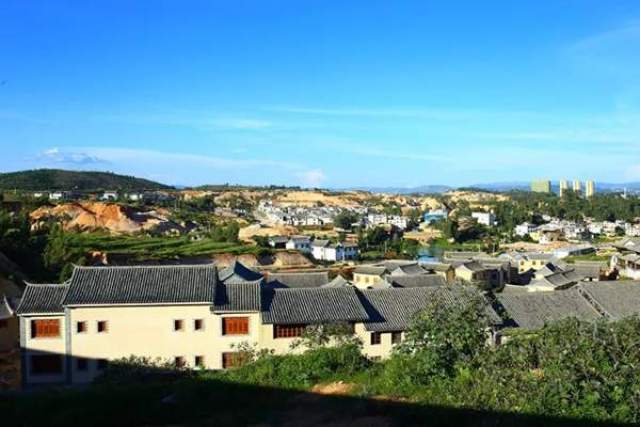
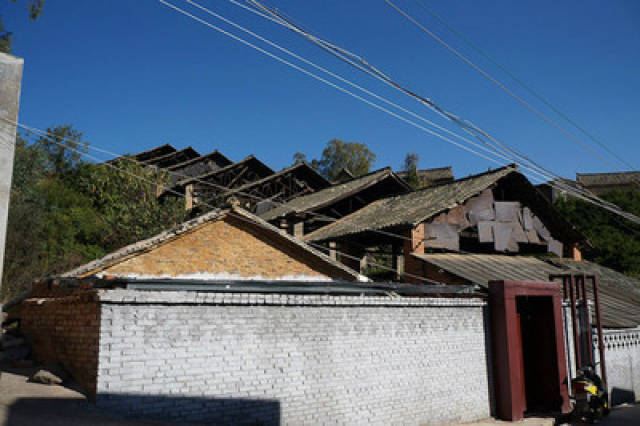


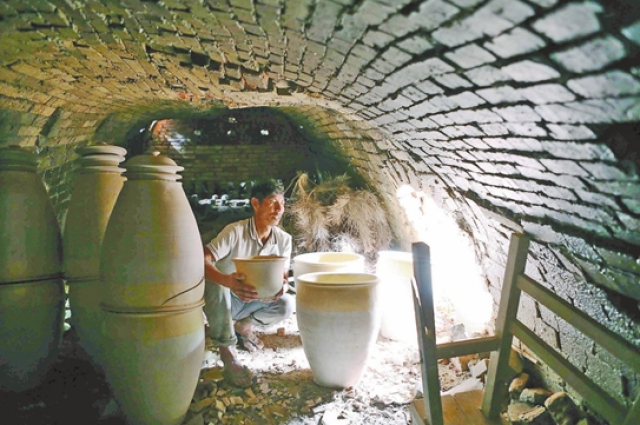

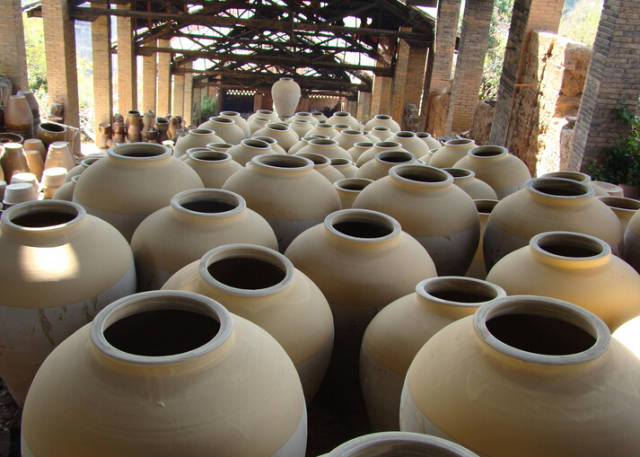
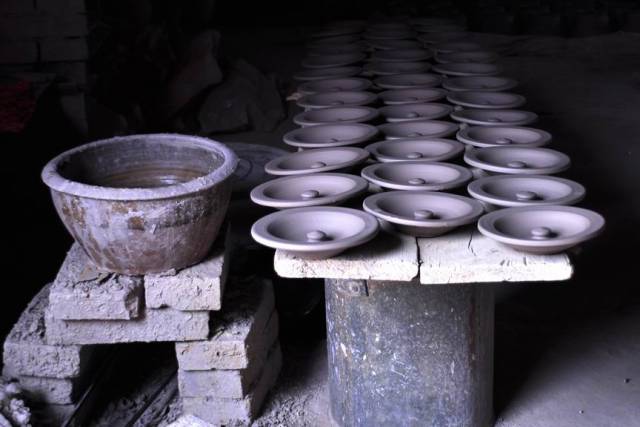



 7 Days GolfingTour
7 Days GolfingTour
 8 Days Group Tour
8 Days Group Tour
 8 Days Yunnan Tour
8 Days Yunnan Tour
 7 Days Shangri La Hiking
7 Days Shangri La Hiking
 11 Days Yunnan Tour
11 Days Yunnan Tour
 6 Days Yuanyang Terraces
6 Days Yuanyang Terraces
 11 Days Yunnan Tour
11 Days Yunnan Tour
 8 Days South Yunnan
8 Days South Yunnan
 7 Days Tea Tour
7 Days Tea Tour
 8 Days Muslim Tour
8 Days Muslim Tour
 12 Days Self-Driving
12 Days Self-Driving
 4 Days Haba Climbing
4 Days Haba Climbing
 Tiger Leaping Gorge
Tiger Leaping Gorge
 Stone Forest
Stone Forest
 Yunnan-Tibet
Yunnan-Tibet
 Hani Rice Terraces
Hani Rice Terraces
 Kunming
Kunming
 Lijiang
Lijiang
 Shangri-la
Shangri-la
 Dali
Dali
 XishuangBanna
XishuangBanna
 Honghe
Honghe
 Kunming
Kunming
 Lijiang
Lijiang
 Shangri-la
Shangri-la
 Yuanyang Rice Terraces
Yuanyang Rice Terraces
 Nujiang
Nujiang
 XishuangBanna
XishuangBanna
 Spring City Golf
Spring City Golf
 Snow Mountain Golf
Snow Mountain Golf
 Stone Mountain Golf
Stone Mountain Golf














